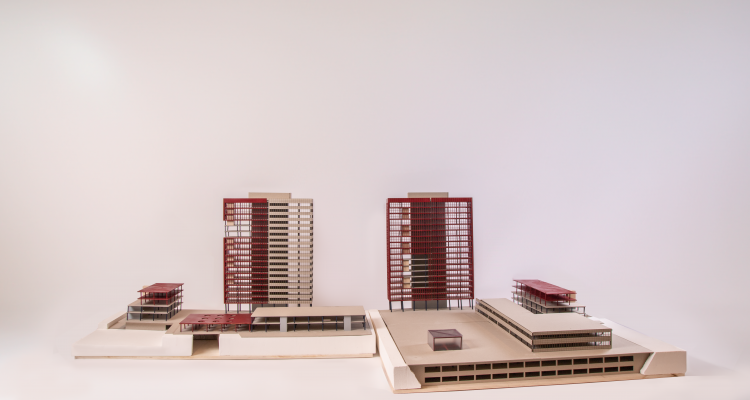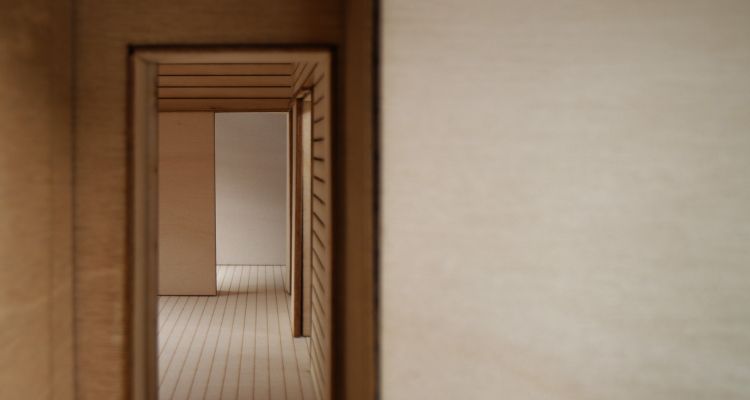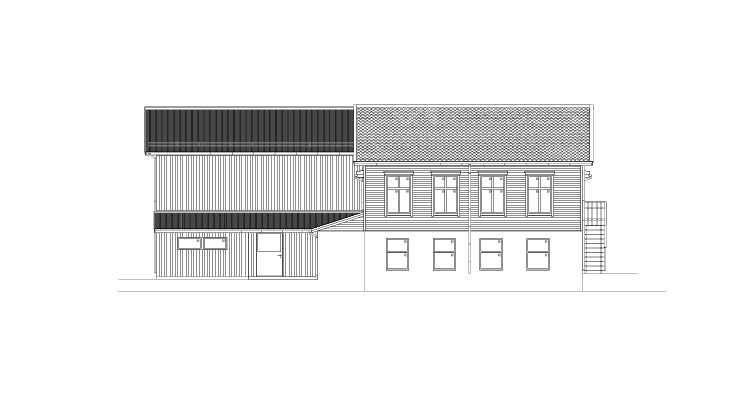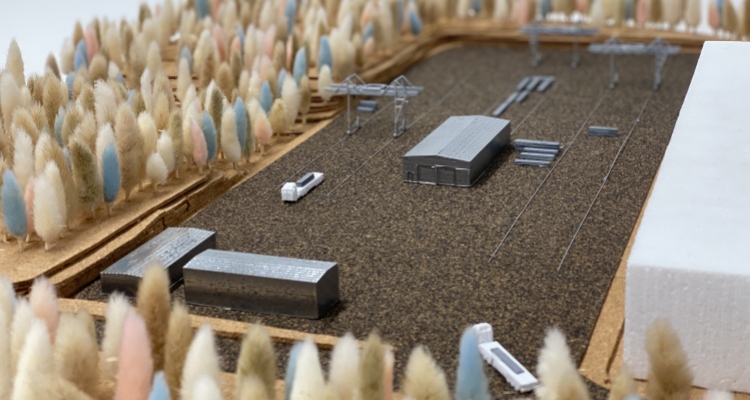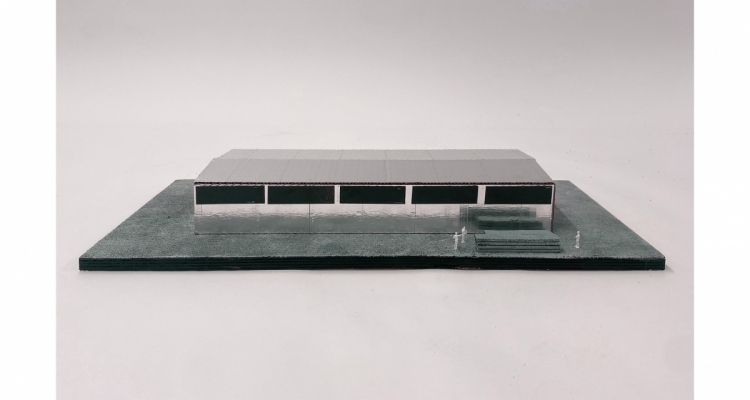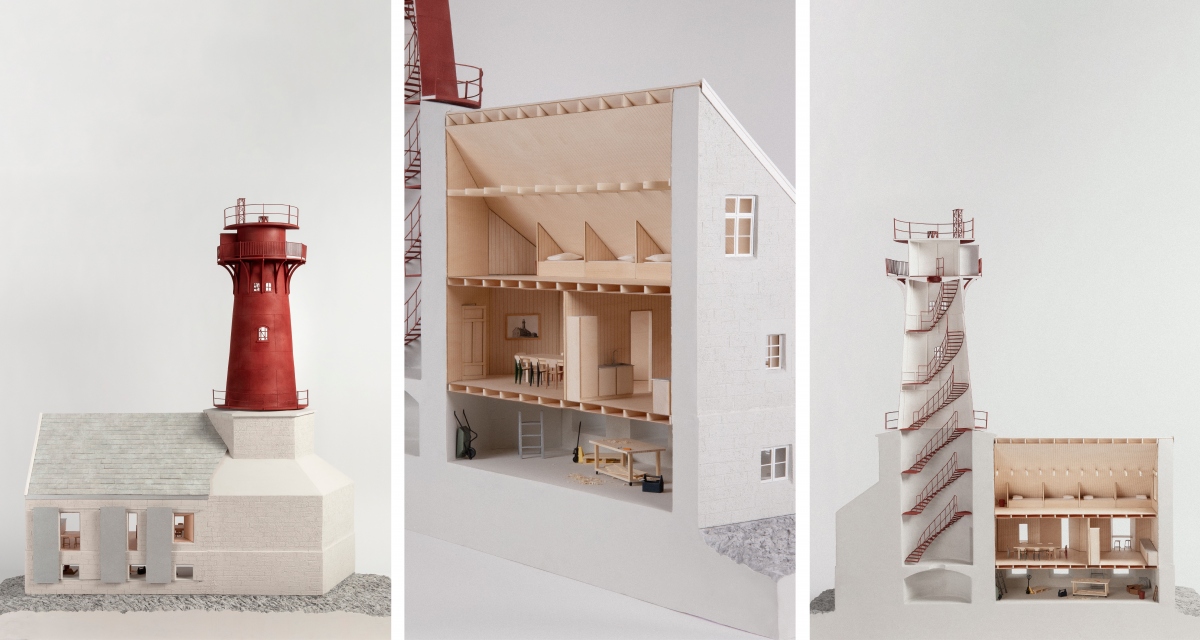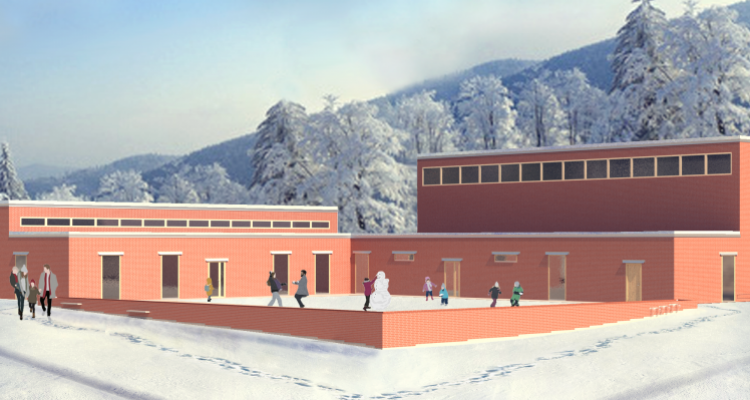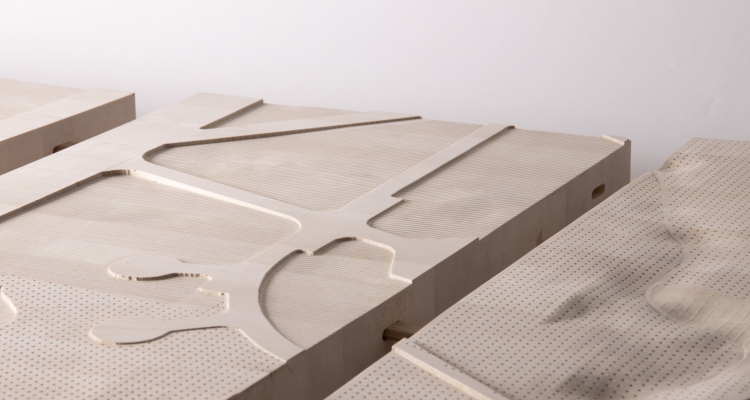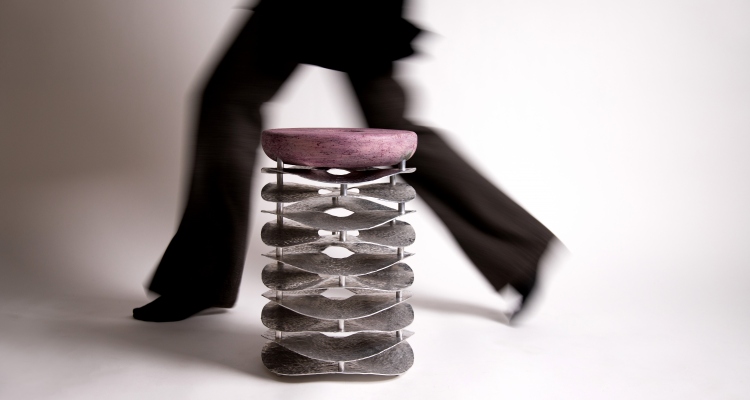Økernsenteret in Oslo, built in 1970, has served as a relief for the city with its pavilions and iconic 18-story building, Høyblokka. Over the years, it has housed diverse functions, including offices, a mall, schools, a police station, and more. New plans will keep Høyblokka and demolish the pavilions.
In this diploma project Økernsenteret is preserved, partly within Økerns future development plans. Instead of opting for demolition, the existing structure can be a catalyst for non-commercial activities and community-driven initiatives.
In this diploma project Økernsenteret is preserved, partly within Økerns future development plans. Instead of opting for demolition, the existing structure can be a catalyst for non-commercial activities and community-driven initiatives.
